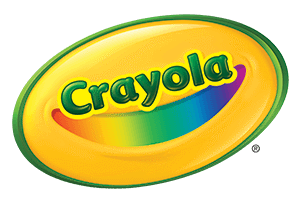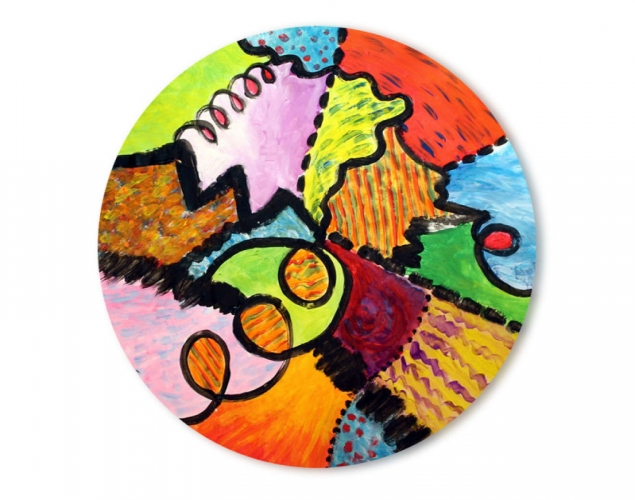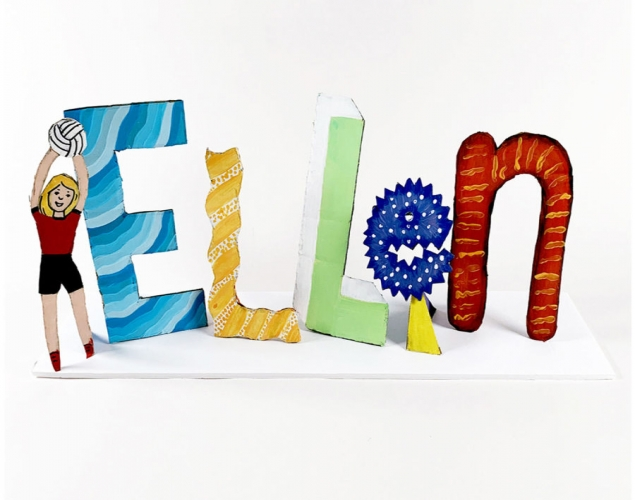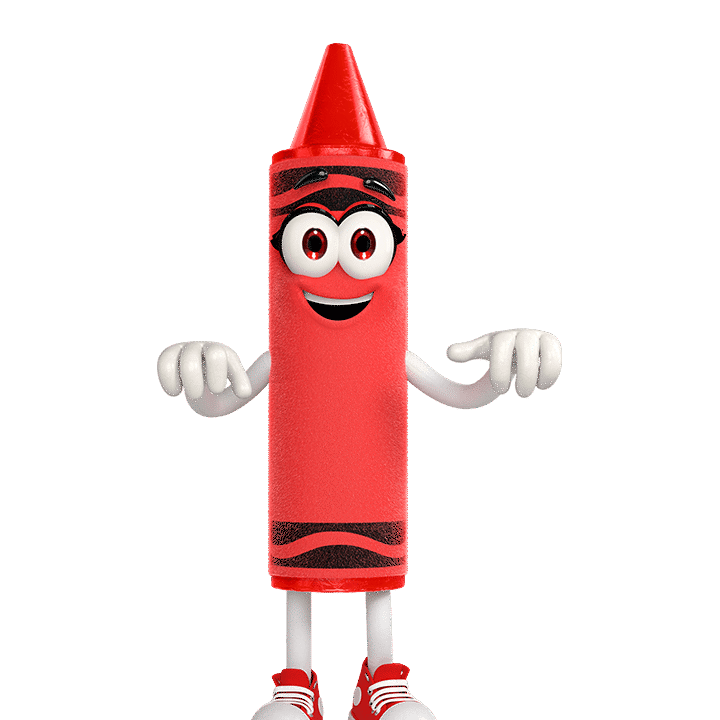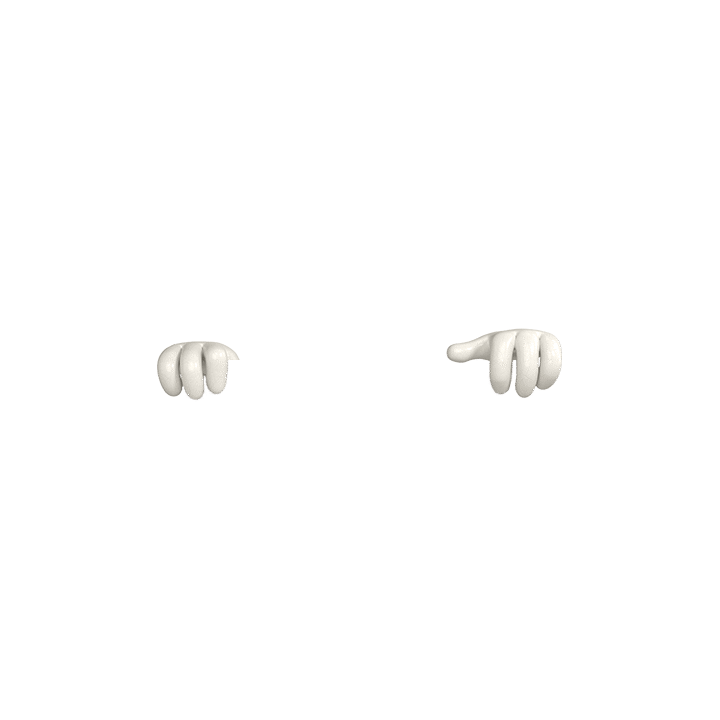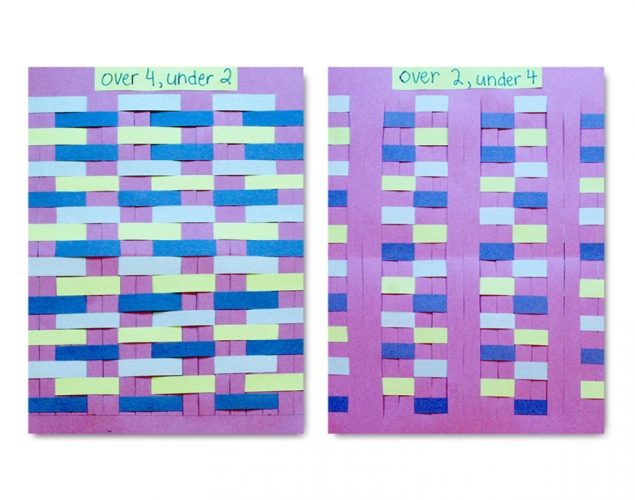
SUCH AN IMPRESSION – Impressionists, Colour, TextureIn this two-part lesson students first experiment with painting natural objects from observation, and compare their experiments with works by Impressionist painters. Then they apply what they have learned to paint a still life from observation in the style of the Impressionists.
In this two-part lesson students first experiment with painting natural objects from observation, and compare their experiments with works by Impressionist painters. Then they apply what they have learned to paint a still life from observation in the style of the Impressionists.
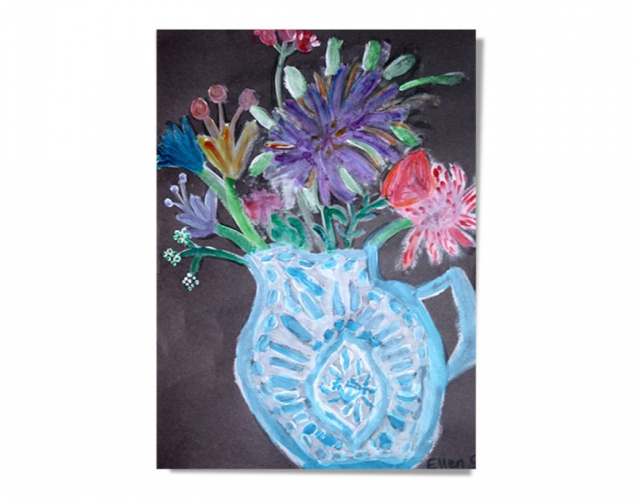
Supplies:
- Crayola Black Construction Paper - 22.6 cm x 30.5 cm (9" x 12")
- Crayola Washable Watercolour Paints - 8 Count
- Crayola Variety Paint Brush Set - 5 Count
- Crayola Washable Tempera Paint - White
- Water Containers - 1 per student
- Paper Towels
- Plastic Container Lids for Palettes - 12 cm (4.5") diameter
Steps:
1
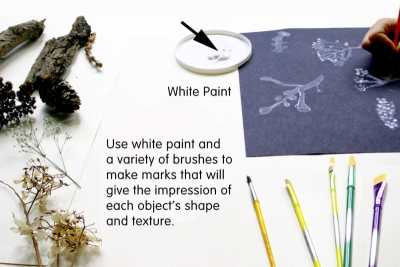
PART ONE
- Gather a variety of natural objects.
- Place them on the table so it is easy to view them separately.
- Examine them, paying particular attention to the texture and patterns you see.
- Use white paint to make marks that will give the impression of each object's shape and texture.
2
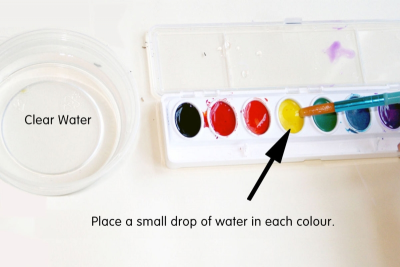
- Place a small drop of water into each colour to activate the watercolour paint.
3
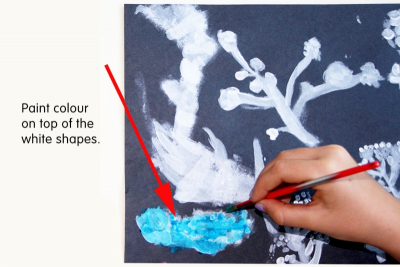
- Paint colour on top of the white shapes.
- Use the watercolours to experiment with different ways to make the texture more interesting.
4
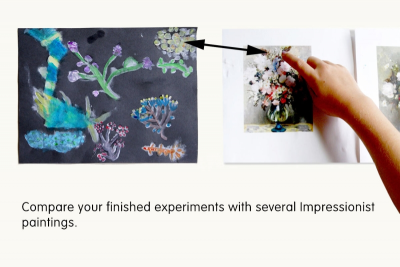
- Compare your finished experiment with several Impressionist paintings.
- What do you notice?
5
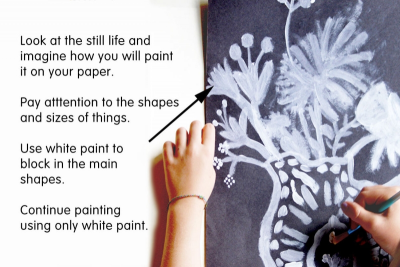
PART TWO
- Look at the still life and imagine how you will paint it to on your paper.
- Pay attention to the shapes and sizes of things.
- Use white paint to block in the main shapes.
- Continue painting using only white paint.
- When you are finished stand back and look at your work with fresh eyes before you continue.
- Make any changes or additions.
6
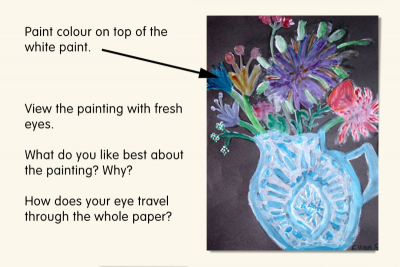
- When you are satisfied start painting colour on top of the white paint.
- Once the painting is finished view it from a distance to see it with 'fresh eyes'. Ask yourself:
- How have I used different brushstrokes to create textures?
- How have I used contrast to balance the composition?
- How do colour, lines and patterns get my eye to travel through the whole painting?
- How does the painting make me feel?
- What do I like best about my painting? Why?
Subjects:
Grades:
Grade 2,
Grade 3,
Grade 4,
Grade 5,
Grade 6,
Grade 7,
Grade 8
